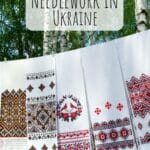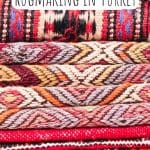A Brief History of Tartan in Scotland
Tartan, the distinctive woven fabric characterized by its crisscrossed horizontal and vertical bands of multiple colors, is one of Scotland’s most iconic cultural symbols. Deeply tied to the history and identity of the Scottish people, tartan is much more than a fabric—it’s a visual representation of Scotland’s clans, traditions, and artistry. This brief history of tartan in Scotland explores its fascinating history, its cultural significance, and where you can experience it in person today.
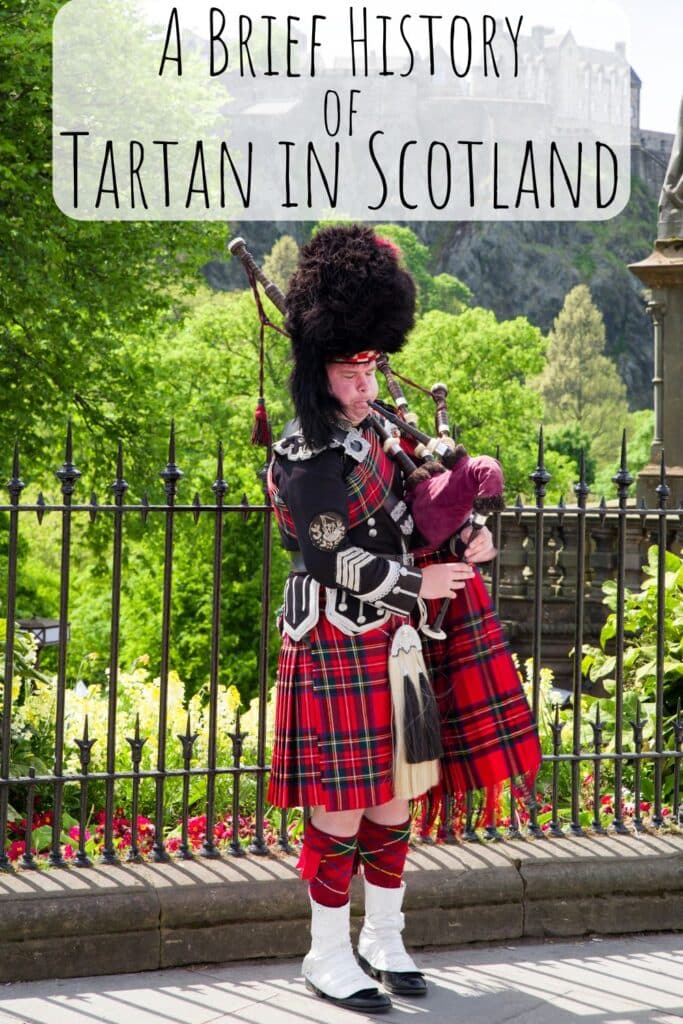
The Origins of Tartan in Scotland
The roots of tartan trace back thousands of years, with evidence of patterned woven textiles appearing as early as 3000 BCE in Central Europe. Tartan-like designs made their way to Scotland around the Iron Age. The oldest recorded example of tartan in Scotland is the Falkirk Tartan, a fragment of cloth dating back to the 3rd century CE, discovered near the Antonine Wall. This ancient piece features a simple check pattern in natural wool tones, demonstrating that the use of tartan patterns predates Scotland’s clans.
During the early centuries, tartan was primarily a practical fabric. Its woolen material was ideal for Scotland’s rugged landscape and harsh weather conditions. The patterns, or “setts,” were woven by local weavers using natural dyes, meaning colors and designs often varied by region.
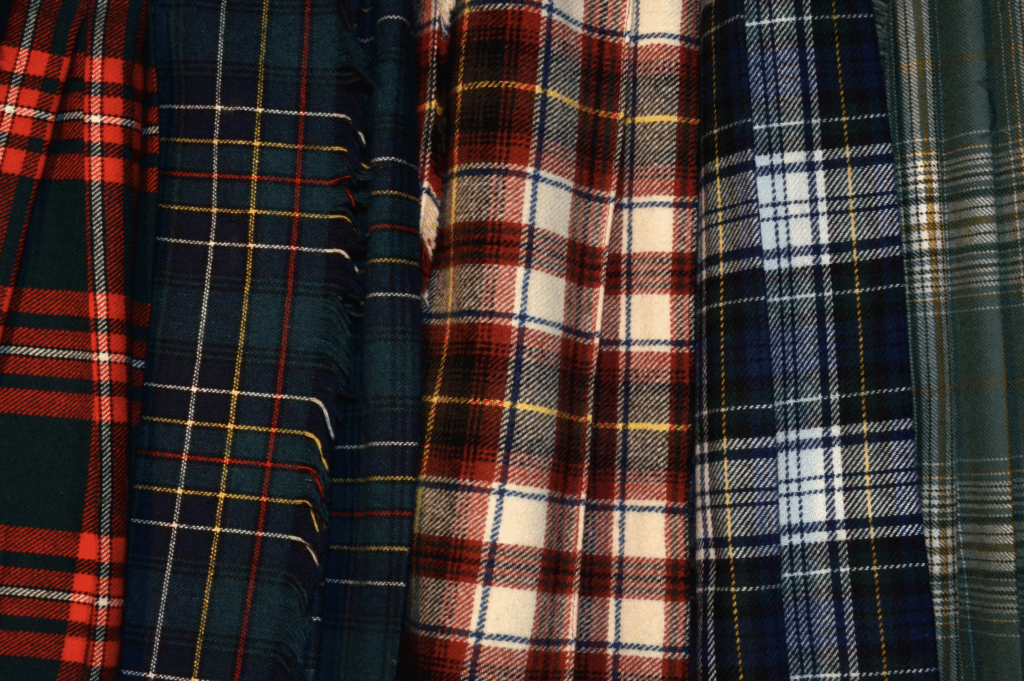
Tartan and Clan Identity
Tartan became strongly associated with Scottish clans in the late medieval and early modern periods. During the 16th century, tartan began to evolve from a regional textile into a marker of group identity. Each clan developed its own unique patterns, and tartan emerged as a symbol of loyalty and belonging. Members of a clan wore their designated tartan to show allegiance and distinguish themselves from others.
The tartan not only represented family ties but also served practical purposes during battles. Soldiers often wore kilts or arisaids (a type of cloak) in clan-specific tartans, making it easier to identify allies on the battlefield. Over time, the designs grew increasingly elaborate, showcasing the artistry and individuality of the weavers.
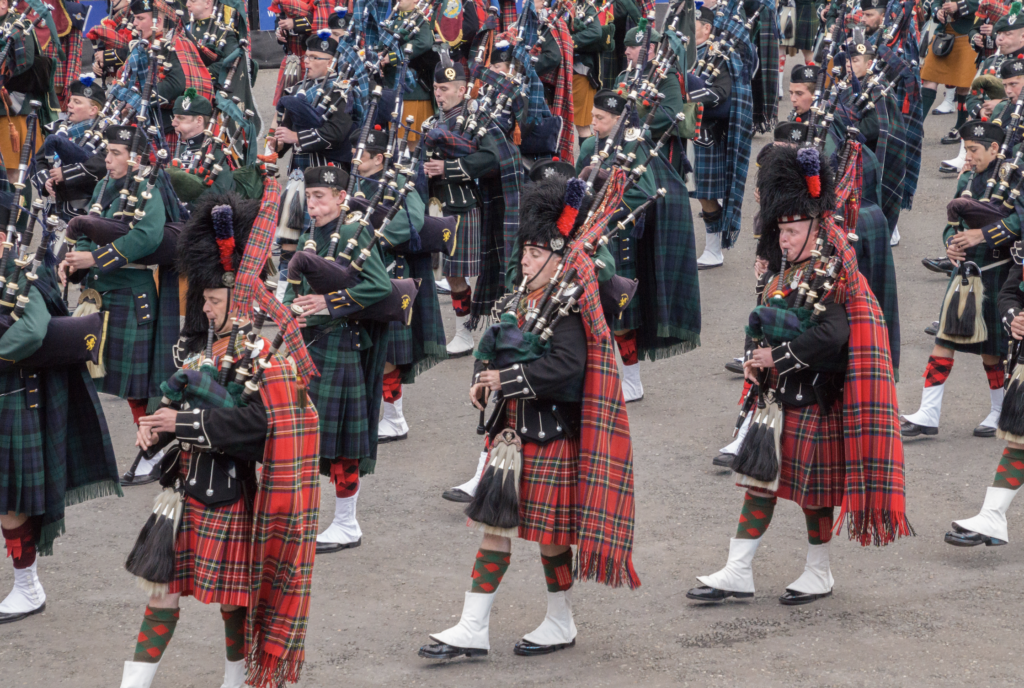
The Jacobite Risings and the Tartan Ban
The 18th century was a tumultuous time for Scotland, and tartan played a significant role in the political and cultural struggles of the era. During the Jacobite Risings, tartan became a symbol of resistance against British rule. Highland clans loyal to the Jacobite cause used their traditional dress to express their defiance.
Following the Jacobite defeat at the Battle of Culloden in 1746, the British government sought to suppress Highland culture. The Act of Proscription (1746) made it illegal to wear tartan in Scotland, punishable by imprisonment or exile. This ban aimed to weaken clan loyalty and dismantle the Highland way of life. For nearly 40 years, tartan was outlawed, surviving only through the efforts of a few weavers and Highland regiments in the British Army, who were exempt from the ban.
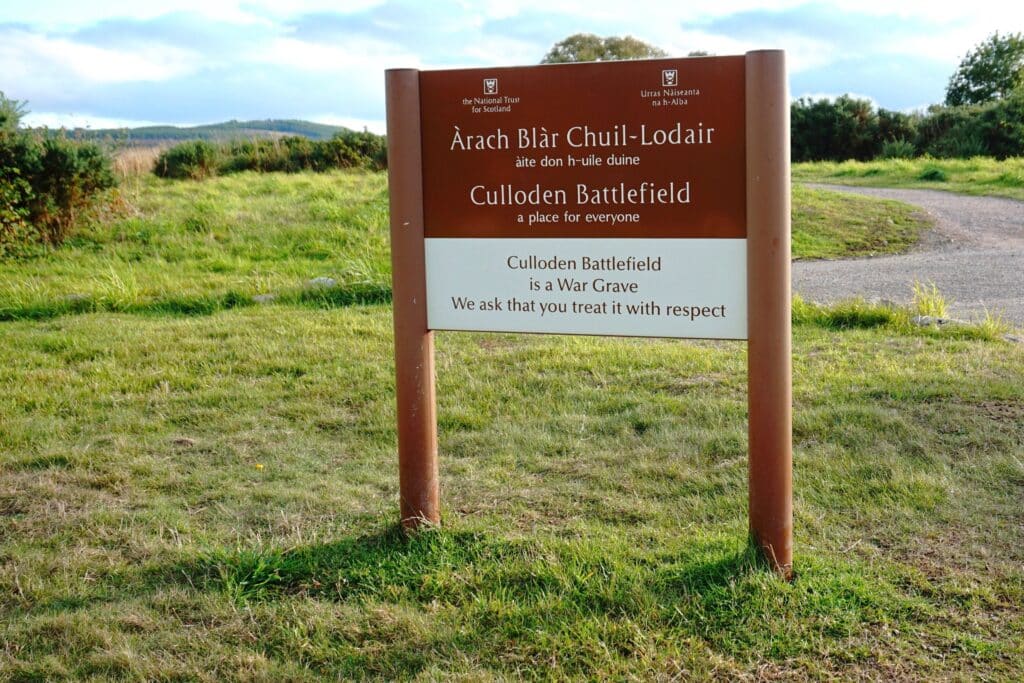
The Revival of Tartan
The ban on tartan was lifted in 1782, marking the beginning of a cultural revival. In the late 18th and 19th centuries, tartan experienced a renaissance, thanks in part to romanticized portrayals of Highland life. Writers like Sir Walter Scott and the popularity of the Highland regiments helped rekindle interest in Scotland’s heritage.
One of the most significant moments in tartan history came in 1822, when King George IV visited Scotland. Sir Walter Scott orchestrated the event, encouraging Highland chiefs to attend in full traditional attire, including tartans. The king himself donned a tartan kilt, cementing its status as a national symbol.
During the Victorian era, tartan gained further prominence with Queen Victoria’s love for all things Scottish. Her purchase of Balmoral Castle and her adoption of a personal tartan design for the royal family brought tartan into the global spotlight, solidifying its association with Scottish identity.
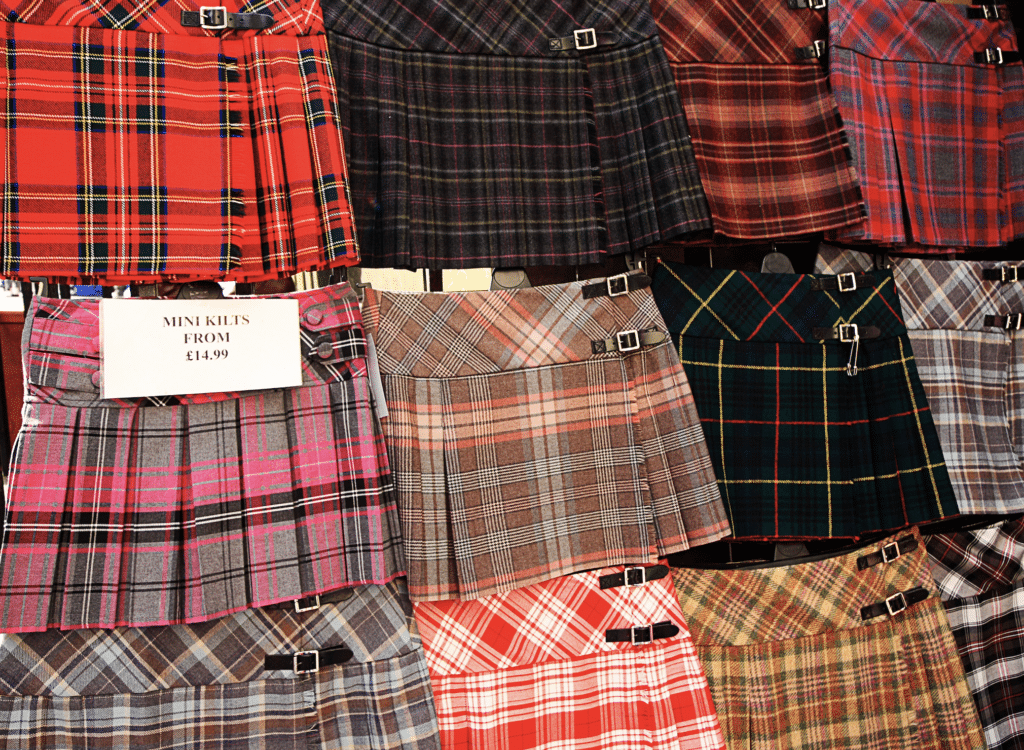
Tartan in Modern Scotland
Today, tartan is an enduring emblem of Scottish culture. It’s worn proudly on kilts, sashes, scarves, and other garments during special occasions, such as weddings, Highland Games, and national celebrations like Burns Night. Each clan continues to have its own tartan, with more than 7,000 registered designs available today.
Tartan has also found its way into contemporary fashion, thanks to its versatility and global appeal. Designers like Alexander McQueen and Vivienne Westwood have incorporated tartan into their collections, blending traditional Scottish heritage with modern aesthetics. This fusion of old and new ensures tartan’s place in global culture.
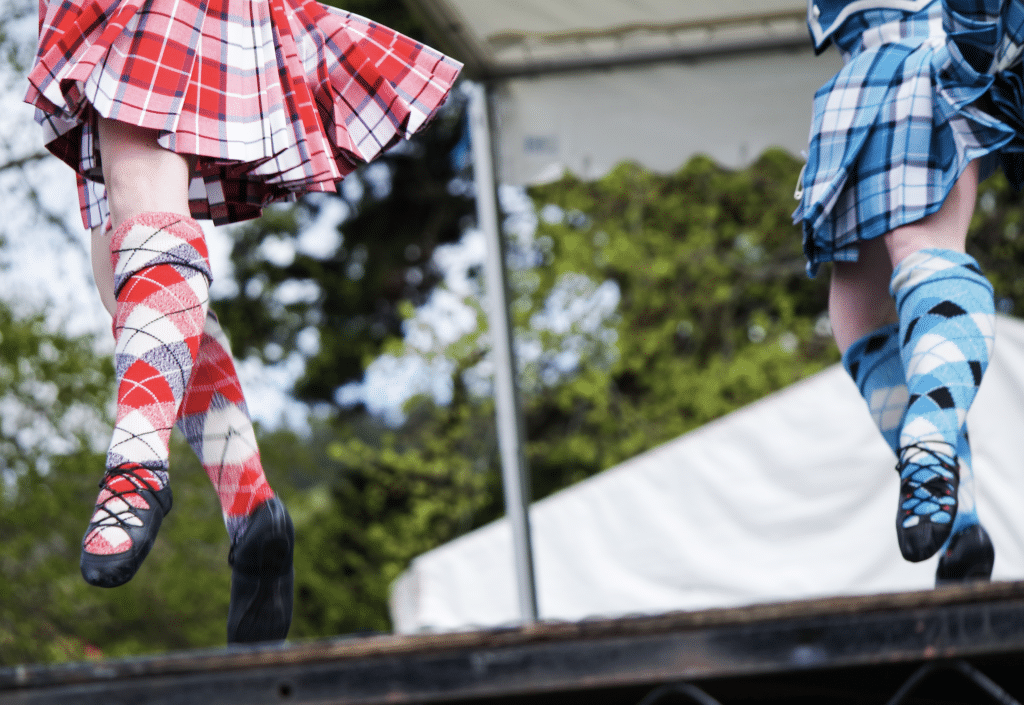
Cultural Significance of Tartan
Tartan holds profound cultural significance for Scots and the Scottish diaspora. It symbolizes pride, unity, and the enduring spirit of the Scottish people. For many, wearing tartan is a way of honoring their ancestors and maintaining a connection to their heritage.
Beyond its association with clans, tartan has become a unifying national symbol. It’s not uncommon for organizations, universities, and even countries outside Scotland to design their own tartans, reflecting their connection to Scotland or its culture.
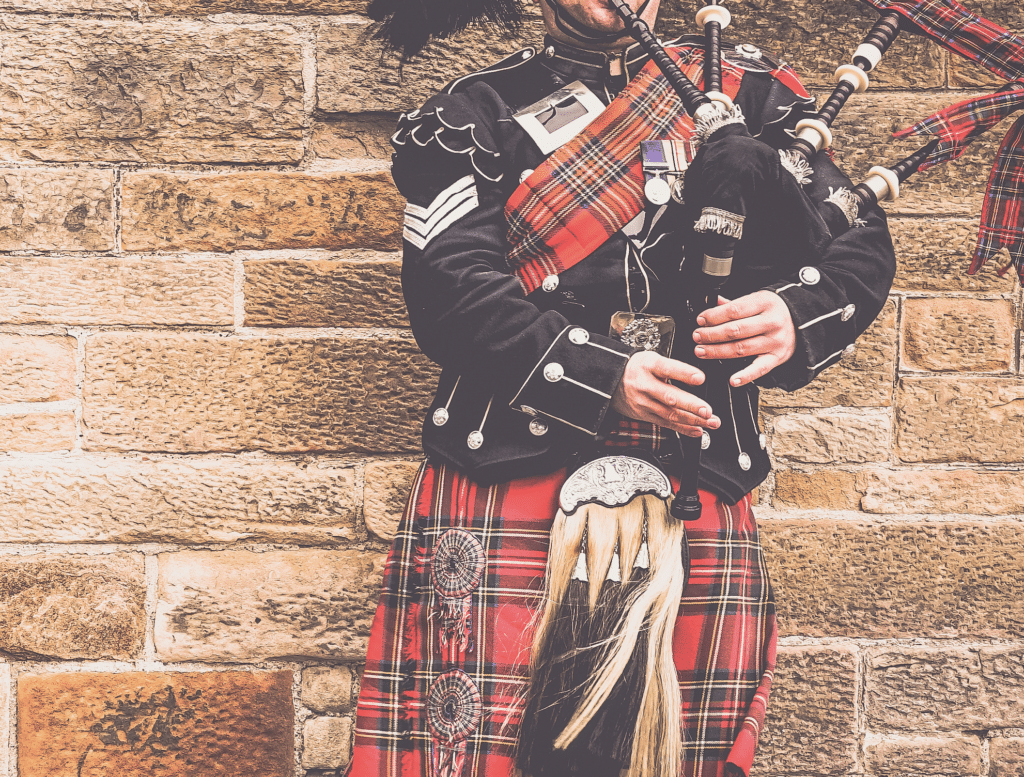
Exploring Tartan Today
For those wishing to immerse themselves in Scotland’s rich tartan history, there are several places to visit:
Inverness Museum and Art Gallery
Inverness Museum is the oldest museum in the Highlands. Their extensive collections tell the story of the Highlands dating back to prehistoric times. The collections include weapons, archaeology artifacts, natural sciences, arts of all descriptions, and textiles. The museum is unique in that it accepts donations from all over the world as long as the items have a strong Highlands connection.
Highland Folk Museum (Newtonmore)
The Highland Folk Museum is Britain’s first open air museum. Explore the historical buildings and experience how life was in the Highlands over the last 300 years. The museum houses a large collection of textiles, including tartans, along with many other artifacts ranging from cooking materials, agricultural implements, and craft industries.
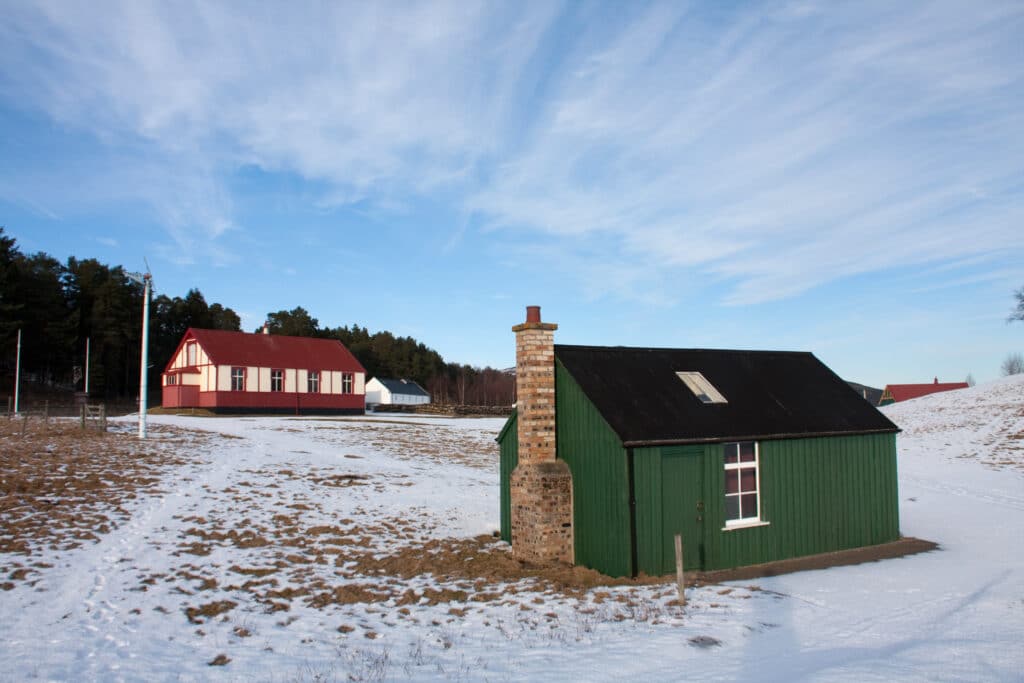
The National Museum of Scotland (Edinburgh)
The museum features a collection of historical tartans, including the Falkirk Tartan. Exhibits explore the role of tartan in Scottish history, from its early origins to its modern-day revival.

Lochcarron of Scotland (Selkirk)
As one of the leading tartan mills in Scotland, Lochcarron offers factory tours where visitors can see how tartan is made. The mill also has a shop with a wide range of tartan products, from traditional kilts to modern accessories.
The Royal Mile (Edinburgh)
The Royal Mile is home to numerous shops specializing in tartan goods, including tailored kilts and clan-specific tartans. It’s the perfect place to find a piece of tartan that resonates with your heritage.
Tartan is more than just a pattern; it’s a testament to Scotland’s resilience, artistry, and cultural pride.
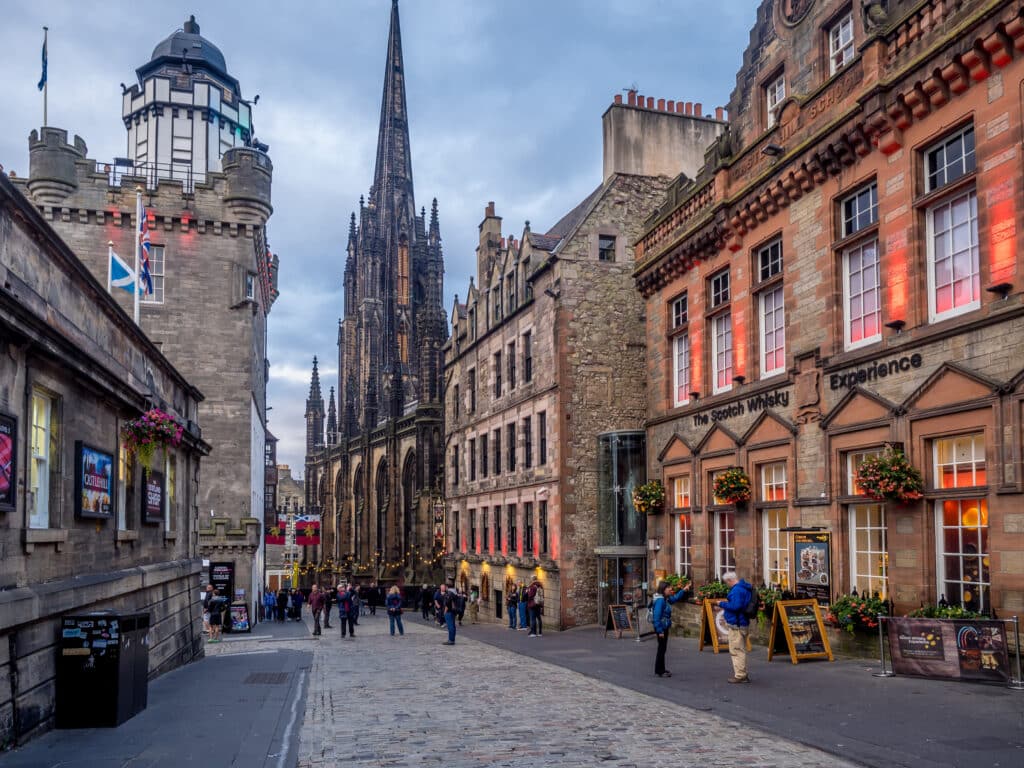
The Scottish Tartans Museum and Heritage Center (Franklin, NC)
This museum provides an in-depth look at the history and production of tartan, specifically the kilt. Visitors can also learn about the Scottish emigrant experience into North Carolina (the States’ largest Highland Games is held yearly in nearby Grandfather Mountain). Explore the cultural significance of this iconic fabric and the Scottish experience in the North Carolina mountains.
From its ancient origins to its symbolic role in clan identity and its modern-day global appeal, tartan continues to weave its way through Scotland’s history and culture. Whether you’re exploring its history in a museum or wearing your family’s tartan on a special occasion, this timeless fabric serves as a reminder of Scotland’s enduring legacy.


